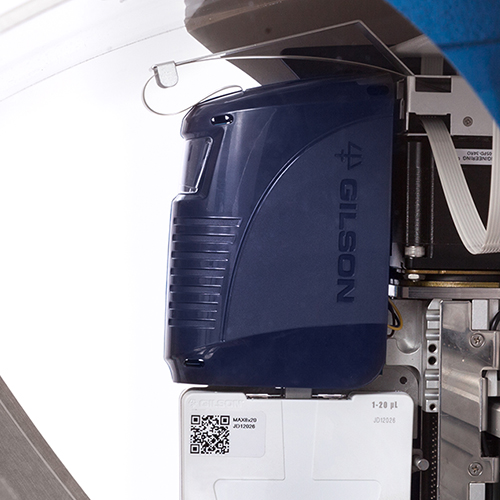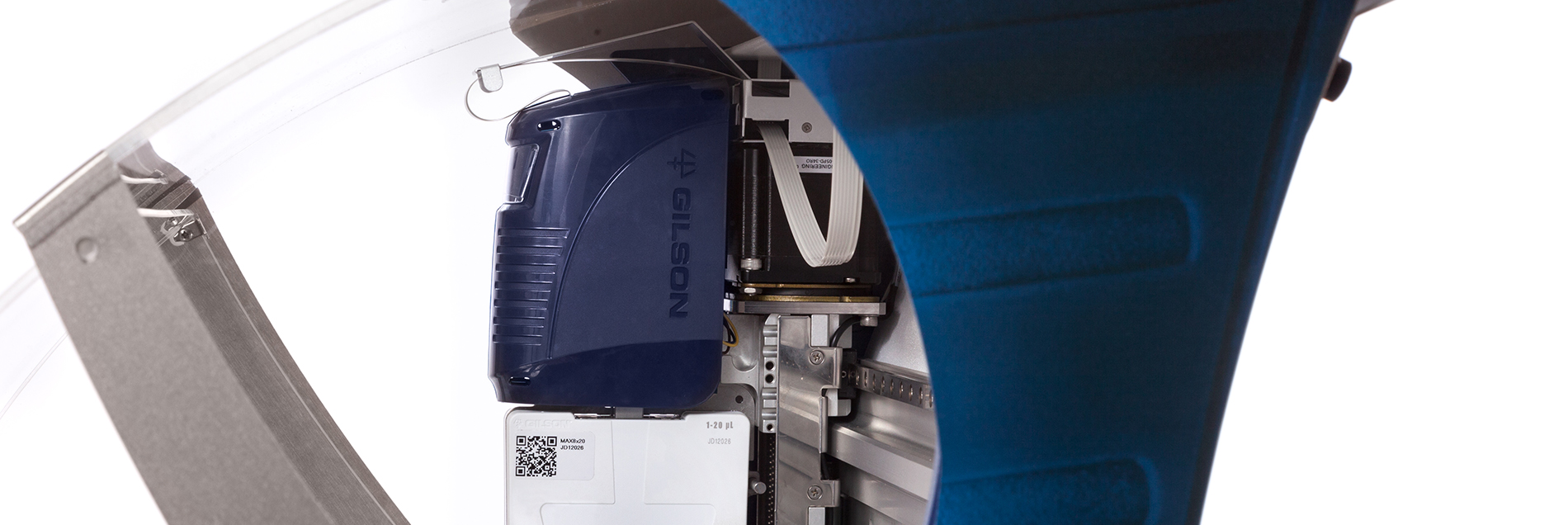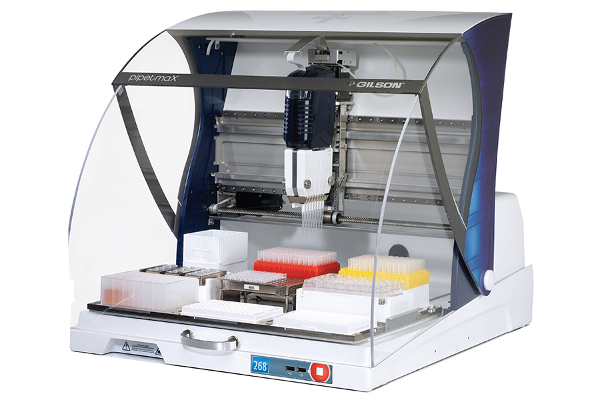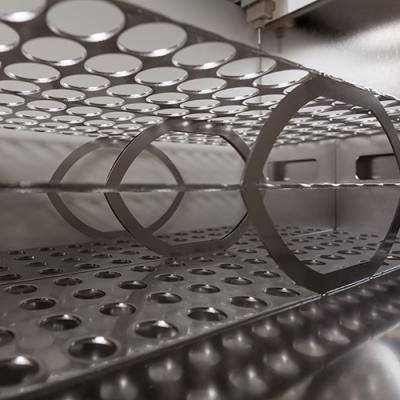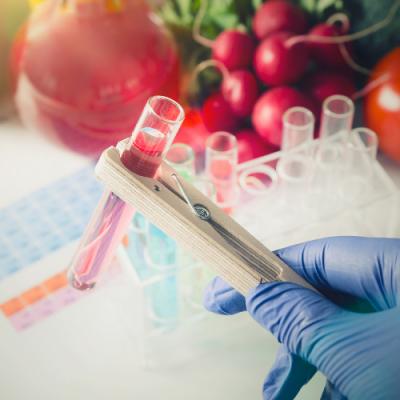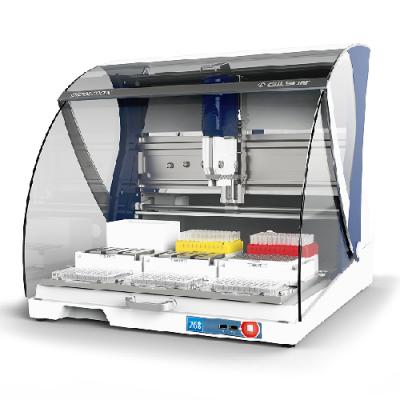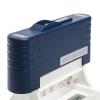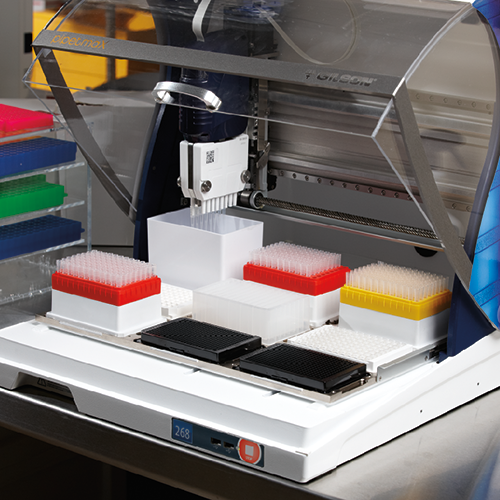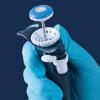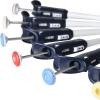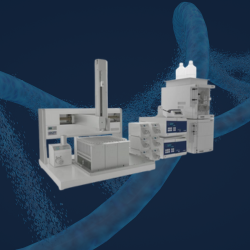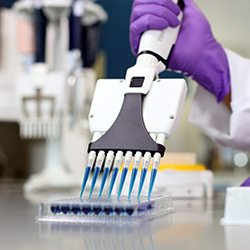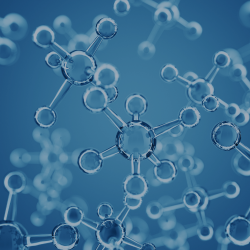Automated liquid handling robots are a class of devices that may include pipetting systems and microplate washers. These tools help laboratories to dispense liquid in tubes or wells, usually integrated with injection modules as part of the front-end of liquid chromatographic analysis systems. Keeping up with increased demand in sampling and maintaining the required levels of accuracy make automated liquid handling systems ideal for supervisors looking to increase demand while maintaining the repeatability of their workflows.
Compared to manual pipetting, automated systems revolutionized the approach towards new drug discovery. Over the last two decades, more teams rely on automated liquid handlers to provide them with a competitive edge. You can increase your lab’s productivity, ensure precision, and save a lot of time using an automated liquid handling platform.
Quantifying the Benefits of Using Automated Liquid Handling Systems
The adoption and deployment of automated liquid handling systems were already accelerating over the last few years. Since the start of the pandemic, a surge in sampling demand is putting laboratories under pressure, driving up the market. Analysts predict that the automated liquid handling and lab robotics market will grow at a 6% CAGR over the next four years.
For most lab supervisors, the latest technologies combined with software provide a way to increase accuracy and precision but also ensures repeatability. You can use these platforms to automate most of the liquid handling steps in your assays, increasing throughput and establishing a robust method for your laboratory workflow. Below we’ll cover the major benefits available from adopting an automated liquid handling workflow.
Accurate and Precise Small-Volume Pipetting
A new generation of platforms helps you to consider everything when developing your liquid handling methods. Performance criteria previously relied on speed, throughput capacity, and precision. With today’s automated liquid handlers, you can achieve all these goals with exceptional accuracy and precision.
Transferring microliter scales of volumes accurately every time is possible when you opt for an automated liquid handling platform that uses advanced robotic systems and software control. These systems enable you to manage a variety of sample types accurately. These new capabilities are changing the landscape for drug discovery labs while allowing the labs to speed up their analytical research and genomic sequencing, providing the entire world with personalized medicines and safe therapeutics.
Robotic automation delivers consistent results, reduces the opportunity for errors, and gives you precise control over every step in the workflow.
Greater Versatility That Supports Any Liquid Handling Workflow
Manual workflows require that a strong process is in place before you can even consider automation for your lab. Deploying different modular systems that support your current method will alleviate the concerns and ensure you can establish a precise and repeatable walkaway process that provides you with accurate results every time.
Breaking down all the stages in your current process and looking for preparative technologies to support your approach should be the first step. You’ll also need to make sure all your equipment is properly calibrated, and you have access to the required reagents. Once you have these elements under control, you can deploy different automated modules that deliver the maximum versatility to support your techniques. With modular systems in place, you can switch between other methods with minimal disruption and condense the length of your development stages while increasing your experimental runs every day.
Reduced Risk of Human Error and Exact Programming
Finally, the biggest benefit you gain from automated liquid handling is reducing the risk of human errors in your workflow and the ability to program your system precisely. Unlike humans, machines will not tire or become fatigued after a long day of sampling. Robotic automation delivers consistent results, reduces the opportunity for errors, and gives you precise control over every step in the workflow.
It requires less human intervention once it’s configured according to your exact specifications and increases your throughput to keep up with the demand. Walkaway liquid handling workflows free up your expertly trained staff to handle more complex tasks while providing you with a cost-effective method to manage your repetitive liquid handling procedures every day. Precision liquid handling with exact software control allows you to speed up your analysis process, establish a robust automated workflow, and maintain the accuracy of your assays.
Robotic and Automated Liquid Handling from Gilson
Gilson continues to provide labs worldwide with an array of different solutions that increase throughput without compromising on accuracy. The latest range of Gilson instruments helps you to establish a robust, automated process for every step of your liquid handling workflows.
Based on PIPETMAN® technology, our automated liquid handler PIPETMAX® maximizes reproducibility and eliminates inconsistencies commonly associated with manual processes. You can free up your lab resources from tedious pipetting tasks while increasing your lab’s productivity.
Suitable for volumes between 1 μL and 1200 μL, PIPETMAX is ideal for the following workflows:
- qPCR applications and nucleic acid isolation
- Next-Generation Sequencing (NGS), cell-based assays, and analysis for life sciences and biomanufacturing
Our automated liquid handling systems come with a variety of pre-configured and optimized protocols with the option for you to create your own as required. For any liquid handling workflow, you can trust Gilson’s instruments with your results and assay accuracy.
To discuss our automated, robotic liquid handling systems, get in touch with your nearest Gilson representative today.
PIPETMAX: Your Automated Pipetting Solution
PIPETMAX is an automated pipetting solution for the efficient processing of high-throughput biological assays. It will help you to improve on the accuracy, reproducibility, and consistency among all samples processed.
LEARN MORE

















